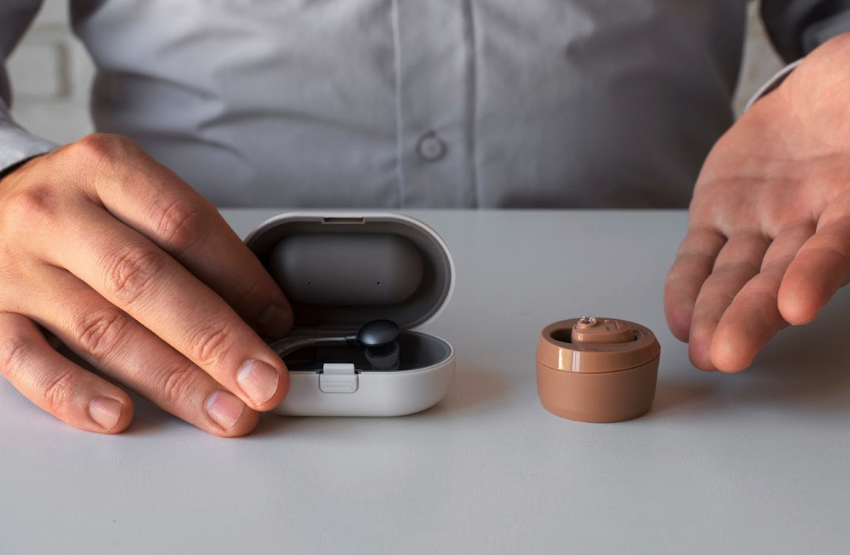Custom aviation adapters versus disposables what pilots should know

Introduction
Choosing the right ear protection is one of those small decisions that changes how a day in the cockpit feels. You can grab a pack of disposables and move on, or you can invest in custom aviation adapters that are made to fit you. Both choices have real trade-offs. What pilots care about most is consistent performance, comfort during long shifts, and communication clarity. This article walks through the differences, pointing out when a disposable makes sense and when the best aviation earplugs or a custom solution will actually serve you better.
Comfort and fit matter first
Let’s start with fit, because it’s the practical problem pilots notice first. Disposable foam plugs compress and expand to seal the ear canal, and they work well for short flights. For long duty blocks, though, that expanding foam can create pressure, soreness, and the urge to readjust. Pilots who move to custom adapters report a different experience: the device is molded to the ear, so it stays put. When you’re trying to stay focused through hour six or hour ten, that continuous comfort is a real advantage and is one reason many crews choose the best aviation earplugs for repeated use.
Consistency wins in the cockpit
If you fly multiple legs a day, consistency becomes an operational need. Disposable plugs are inconsistent by design, every insertion can compress slightly differently and produce varying attenuation. That unpredictability creeps into communication and situational awareness. By contrast, a custom adapter gives predictable attenuation every time you use it. Predictability matters because it reduces the cognitive load of trying to figure out whether a muffled call was the comms or your ear protection. Many professionals consider that reliability when they evaluate the best airplane earplugs on the market.
Noise control versus speech clarity
A core technical difference is how each solution handles frequencies. Disposables tend to reduce overall sound, which can blunt both noise and speech. Custom designs and high-quality aviation-specific plugs are engineered to attenuate harmful frequencies more than the frequency bands used for human speech. That means you get protection without losing clarity. Pilots who rely on precise callouts and subtle audio cues prefer options that preserve intelligibility, and that’s why the best aviation earplugs tailored for aircraft use are often recommended in training environments.
Durability and lifecycle costs
The upfront cost is where disposables look attractive. A few dollars a pack, and you’re set for a short tour. But factor in repeated use, waste, and the lost hours fiddling with plugs, and the balance shifts. Custom adapters have a higher initial price but a much longer useful life if maintained. Over months and years, crews often find the replacement cost of disposables adds up and that the comfort and time savings from custom gear justify the investment. For fleet managers and regular flyers, amortized cost and operational downtime are real considerations when selecting the best airplane earplugs for their teams.
Hygiene and maintenance
Hygiene is straightforward with disposables: use once and toss. That simplicity has its benefits, especially for transient crews or single-leg flights. Custom adapters require cleaning and storage, but many pilots prefer that trade-off because modern materials are easy to sanitize and hold up well to routine care. If you fly frequently, a well-maintained custom adapter avoids repeated exposure to low-quality materials and offers a cleaner, controlled experience. That’s one reason why experienced crews sometimes favor the best aviation earplugs that come with clear care instructions and durable cases.
Compatibility with headsets and gear
Another practical point is how well the ear protection sits with your headset. Disposable plugs can create a gap or an awkward pressure point under aviation headsets, which may force adjustments or reduce seal integrity. Properly designed custom adapters are shaped to fit under or alongside aviation headsets, maintaining both comfort and a stable acoustic environment. Pilots who value their comms systems and want fewer nuisance issues while donning headsets tend to prefer the best airplane earplugs engineered for compatibility.
When disposables make sense
There are still good use cases for disposables. Short training flights, occasional leisure flying, or emergency backups in a flight bag are all situations where disposable plugs are logical. They’re cheap, hygienic when shared across multiple crews, and available anywhere. But if your schedule includes repeated long legs or you fly multiple rotations a week, disposables become a poorer long-term fit. That’s where many professionals transition to higher-quality options.
Making the choice work for you
If you’re considering custom adapters, try them during a non-critical rotation to confirm fit and compatibility with your headset. If you stick with disposables, choose aviation-specific foam and carry a reliable backup. Talk to other crews about what they notice over long days, anecdotes from trusted colleagues often highlight real-world strengths and weaknesses that spec sheets miss. When comparing options, weigh comfort, long-term cost, hygiene, and how well the product preserves communication clarity.
Conclusion
The choice between custom aviation adapters and disposables is a trade-off between short-term convenience and long-term performance. Disposables win on price and simplicity, but custom solutions win on fit, consistency, and long-haul comfort. For pilots who fly often and want predictable protection that integrates smoothly with headsets, many find the best aviation earplugs or custom options a sensible investment. Pick the solution that matches your flying rhythm, test it in real conditions, and treat hearing protection as a professional tool rather than an afterthought.


